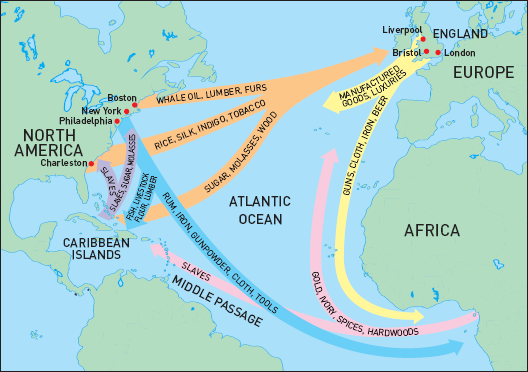One solution being tried is massive tree-planting projects, in the hope that roots will grab and stabilize the soil and that the litter from the vegetation will fertilize the soil. However, this study questions whether the Loess Plateau is suited for trees.
New study uproots popular belief in Central China's leafy Loess Plateau
New study of region's ancient vegetation finds grasses have dominated landscape for millennia and calls tree-planting campaigns into question
https://www.scmp.com/news/china/article/1246865/new-study-uproots-popular-belief-leafy-loess-plateau
https://www.scmp.com/news/china/article/1246865/new-study-uproots-popular-belief-leafy-loess-plateau

